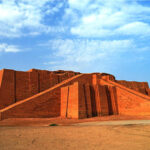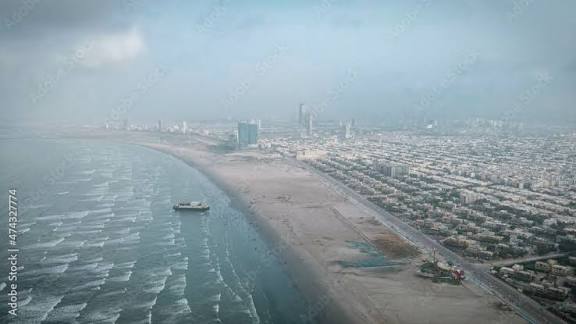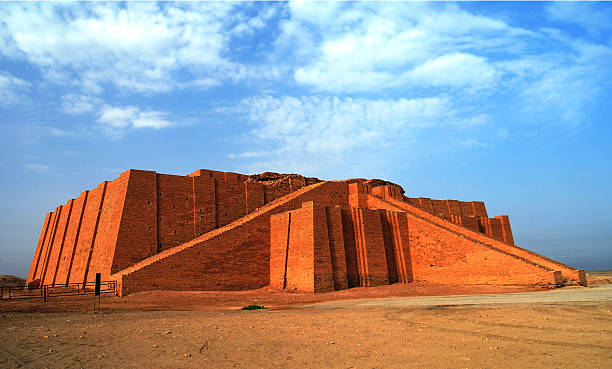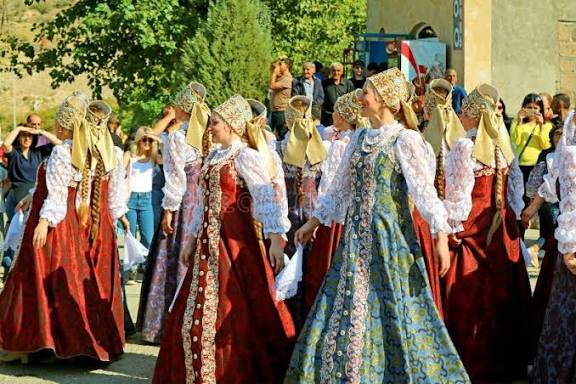Karachi is an ancient and large city of Sindh. Moreover, this city has held great importance since the past. Geographically, Karachi stands on the peaks of the Kirthar mountain. In other words, it lies on the ending peaks of the Kirthar mountain which reach the sea.
Similarly, like the ancient cities of Thatta, Badin, and Bhanbhor in the coastal belt of Sindh, Karachi also holds uniqueness. Furthermore, during the arrival of Alexander the Great in Sindh, people found a settlement called Kurukula in the Karachi area.
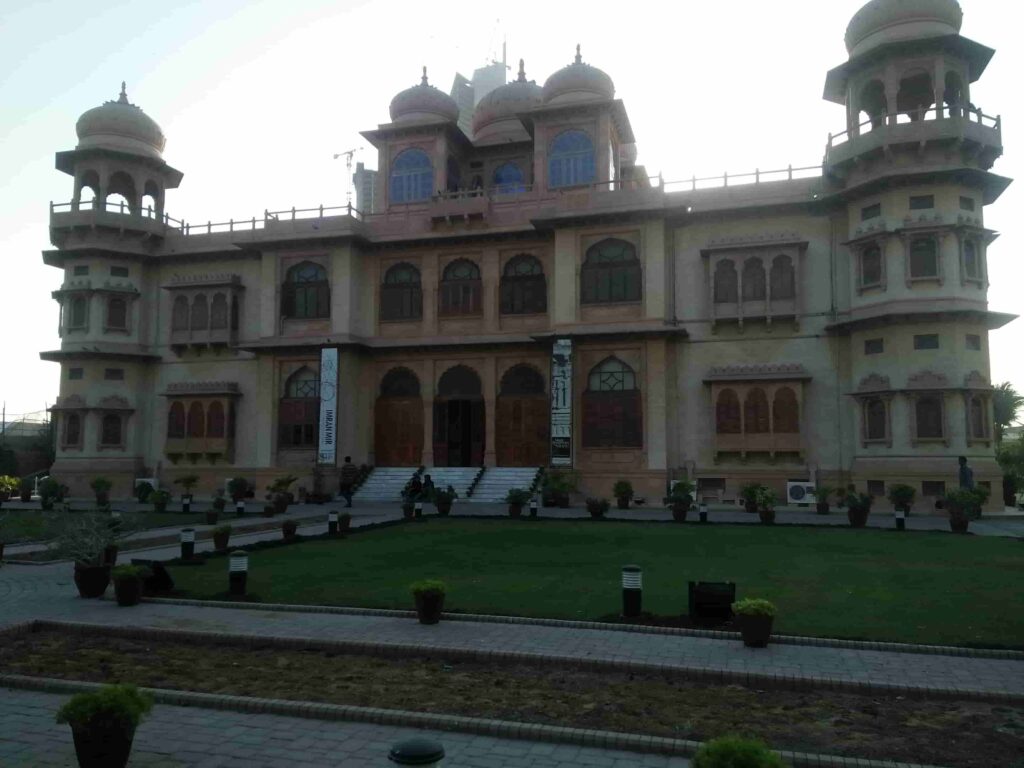
Historically, Karachi settled regularly during the Kalhoras and Talpurs. To put it another way, historians recorded the correct history of Karachi from that period. Consequently, in the past, Karachi witnessed many famous events. For example, events like Mokhi Matara and Morro Mirbahar became famous.
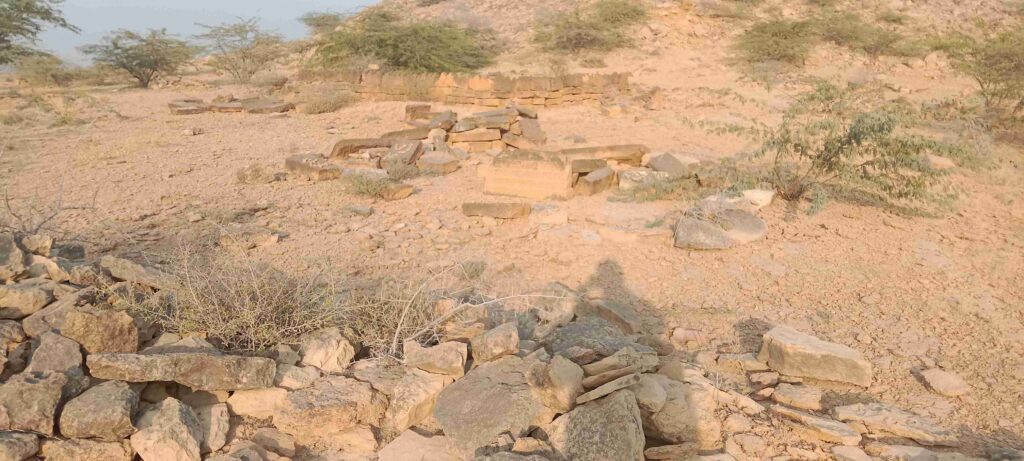
In fact, this port city prospered so much in the past that Mokhi built his liquor hut or shop on the hills of the city. As a result, Mataras visited his shop as customers. It should be noted that the famous historian Dr. Mushtaque Bagani does not describe the Mokhi Matara incident in a purely romantic manner. Rather, he believes Mokhi and Matara worked as spies on the ports of Sindh during the Sama era.
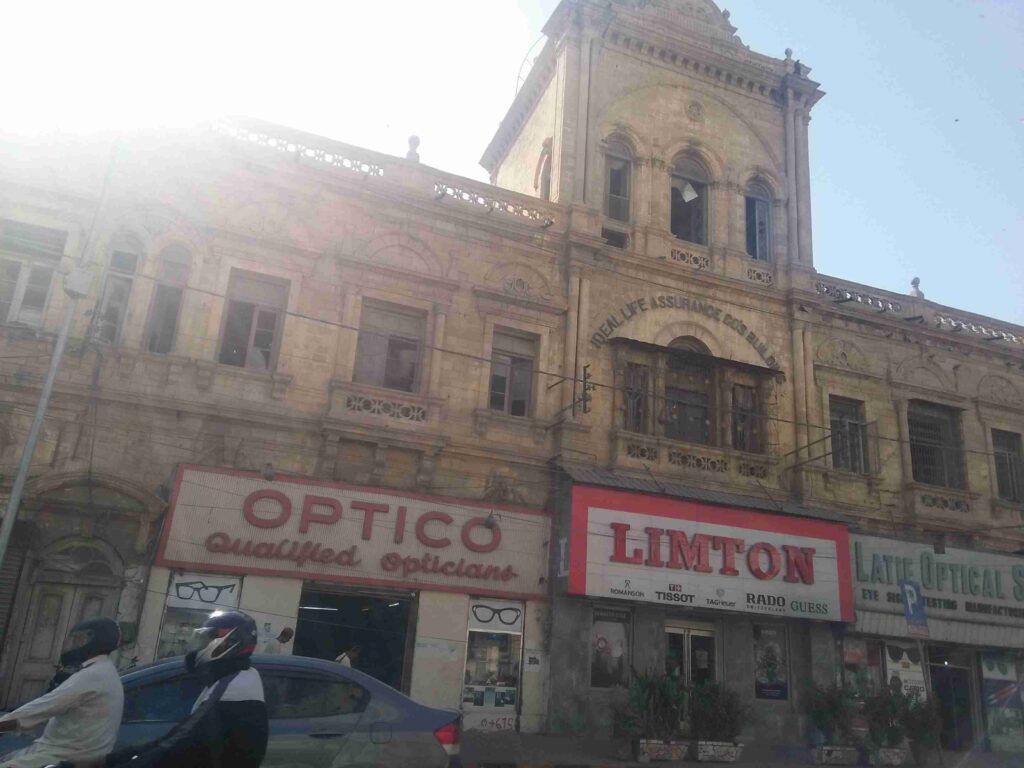
Accordingly, the Sindh government appointed them as spies at that time. They spied on the ports and sea lanes of Karachi. Moreover, historians say that the Mataras turned into pirates and clashed with ships that did not pay taxes. Specifically, when Arabs and Sindh rulers did not collect taxes at ports, these clashes broke out.
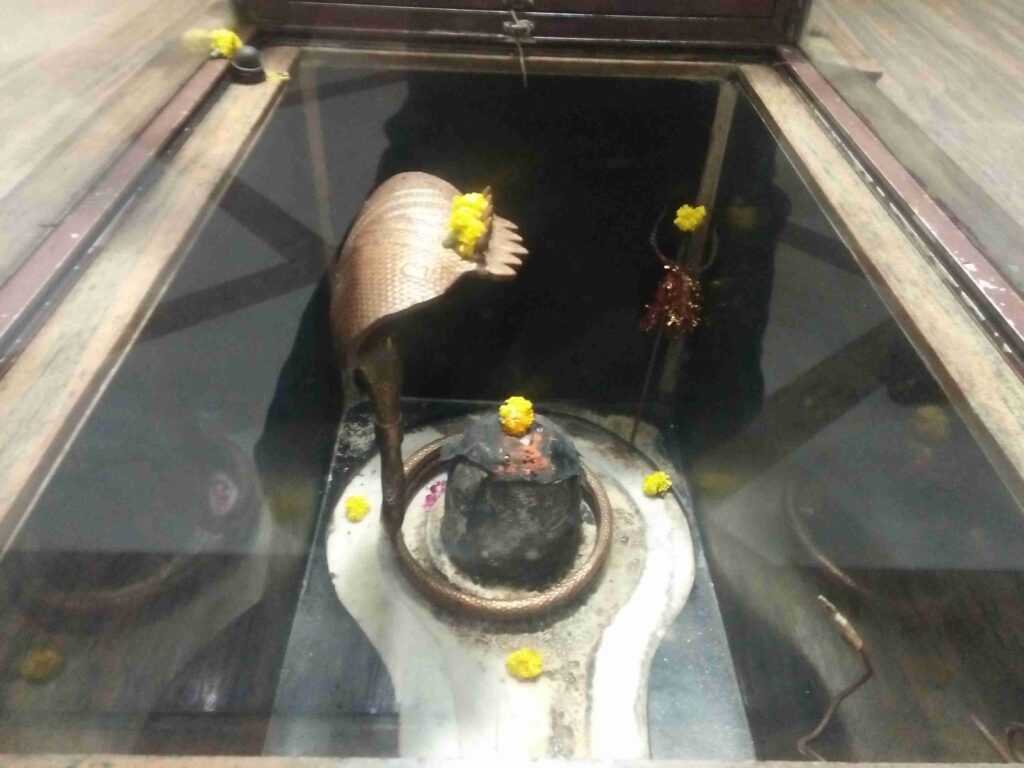
The second incident relates to Morro Mirbahar. In that incident, a crocodile ate Morro’s brothers. Then Morro killed the crocodile with great strategy and removed the bodies of his brothers from its stomach. Today, the graves of Morro and his brothers still exist in Karachi. Similarly, Mokhi and Matara also lie buried in separate places in Karachi.
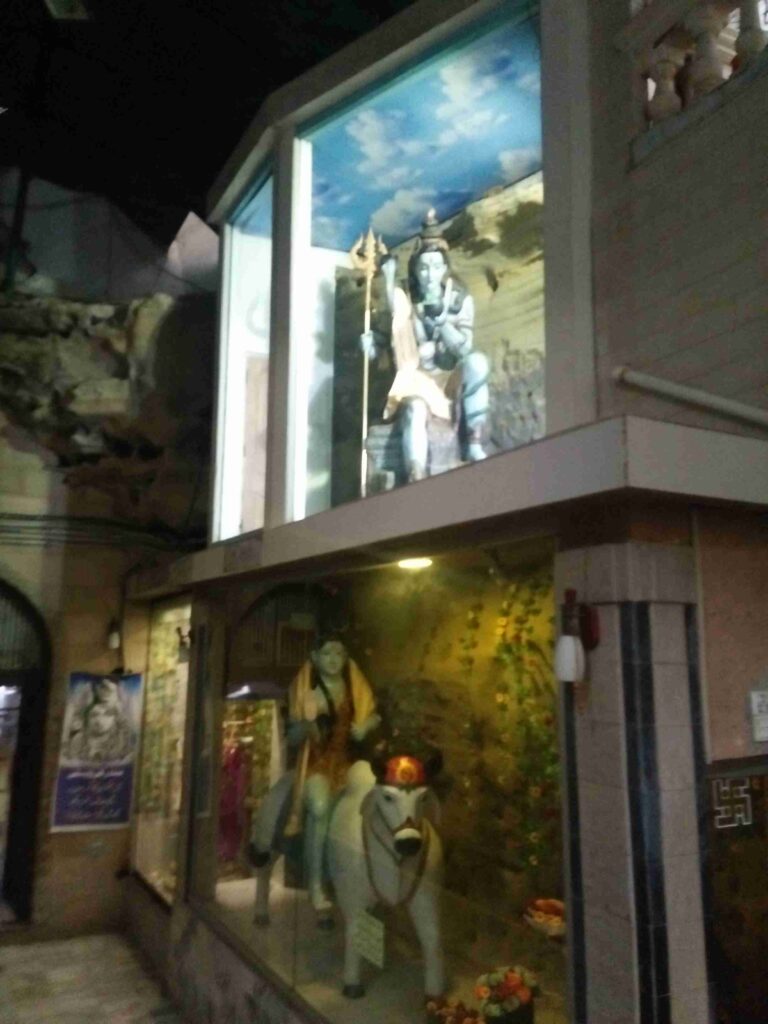
The British greatly praised Karachi, the city surrounded by the peaks of Kirthar and the naein (streams). In fact, the British Commander Charles Napier called Karachi the Queen of Asia. The British considered Karachi’s location and port important for their imperial interests. Therefore, they called Karachi the Queen of Asia. Nevertheless, in the context of Sindh, Karachi is truly the Queen of Asia.
Importantly, the route from the Indian Ocean to Central Asia and Europe passed through the port of Karachi. As a result, the British rebuilt Karachi as an economic center. Even before the British arrived, Karachi served as a trade center. However, after the decline of Shikarpur, Karachi reached its peak under British rule.
Consequently, the city became a haven for big and rich merchants. During the British era, merchants from India also moved to Karachi. They settled here. Moreover, after the Chambers of Karachi were established, the number of Sindhi merchants in the city decreased. Thus, from that period, settlement increased inside the city.
Tragically, the greatest tragedy of this city has been its separation from its original heirs. In other words, the original heirs abandoned the city. Furthermore, imperial and vested interests played the main role in this. Therefore, the rulers oppressed the city to fulfill their interests.
This beautiful city consists of the peaks of Kirthar and the plains of Lyari and Malir rivers. Today, however, it has become heavily populated. Consequently, the city has lost its original identity. Moreover, builders destroyed the original roads and waterways of the city. They occupied the land. As a result, housing schemes destroyed the city’s demography.
Read More about Kirthar mountain
In addition, developers destroyed many beautiful hills in Karachi by building houses. They destroyed hundreds of lagoons. They destroyed springs. Also, builders constructed cities on the paths of these springs. Consequently, they abandoned old settlements. In turn, water passages became blocked. Therefore, they killed Lyari and Malir rivers. Today, these rivers drain dirty water.
Historically, Gujjar Naein (local or Sindhi name of springs), Orangi Naein, Kalri Naein, Mokhi Naein, and Pab Naein once flowed and joined the Lyari River. As a result, Lyari River provided fresh water to a large part of the city. In the same way, Mol Naein, Khadiji Naein, Thadi Naein, and Sukhaan Naein once flowed into Malir River.
Unfortunately, officials renamed the springs of Karachi as gutters and added the words “gutter” and “nala” after their names. Consequently, they destroyed their original existence. Nevertheless, during heavy rains, these streams (naein) still flow. Similarly, the Lyari and Malir rivers also flow. When settlements submerge, people cry for water. However, people often forget they settled on the waterways. Therefore, the fault lies with the people and the government, not with the springs and rivers.
Accordingly, the city must reopen all the waterways of Karachi. Authorities must clean the springs and rivers completely. Moreover, they must let them flow freely with fresh water so the city remains clean and the people do not suffer. The city must also remove all foreigners. In addition, the city must stop unnecessary growth. Consequently, the mountains and plains surrounding Karachi must remain clean and their beauty must be restored.
Finally, people must identify the naein (springs) with their real names instead of the names of gutters.
Writer: GM Leghari

